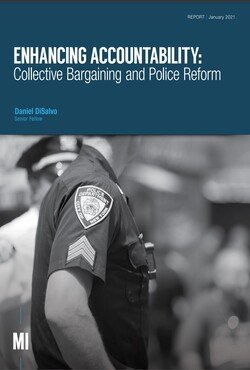This final research report describes a project aimed at addressing police officers’ need for better training to teach them how to operate effectively in the various stressful conditions they encounter on the job. The report presents the development and testing of a framework for implementing low-cost, virtual reality (VR), and game-based training (GBT), which would allow officers to develop skills in an immersive environment without expensive equipment, facilities, or human actors. The report describes the research team’s development of a prototype VR system that would ensure that virtual training environments reflect intended training goals; it describes the study’s approach to developing the framework: identifying the most stressful police scenarios; developing detailed scenario scripts; identifying key required skills and tasks in scenarios and mapping them to virtual content; programming the scenarios in a VR system; developing a research protocol to test the system; and developing a plan to implement the proposed technology in police department training curricula. The framework approach is designed to be scalable and the report notes that it may ultimately improve access to simulation-based training content across law enforcement departments.
Santa Monica, CA: RAND, 2024. 32p.





















